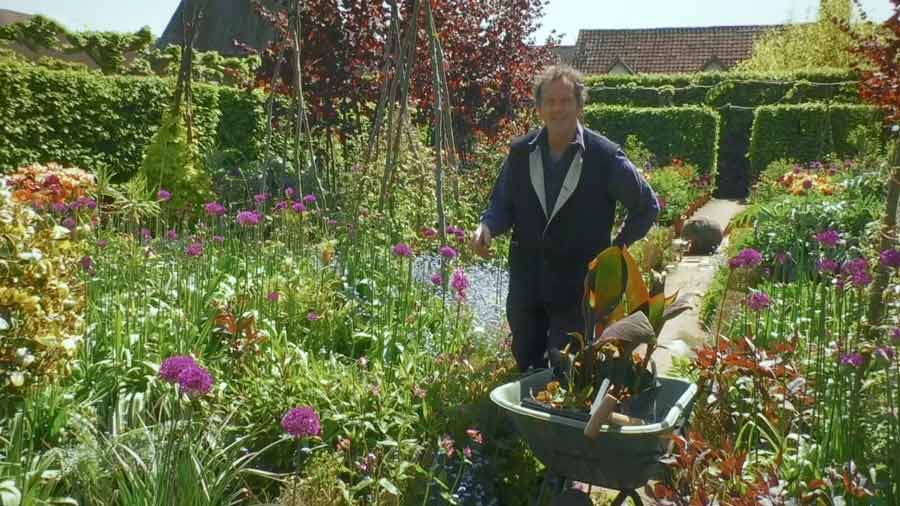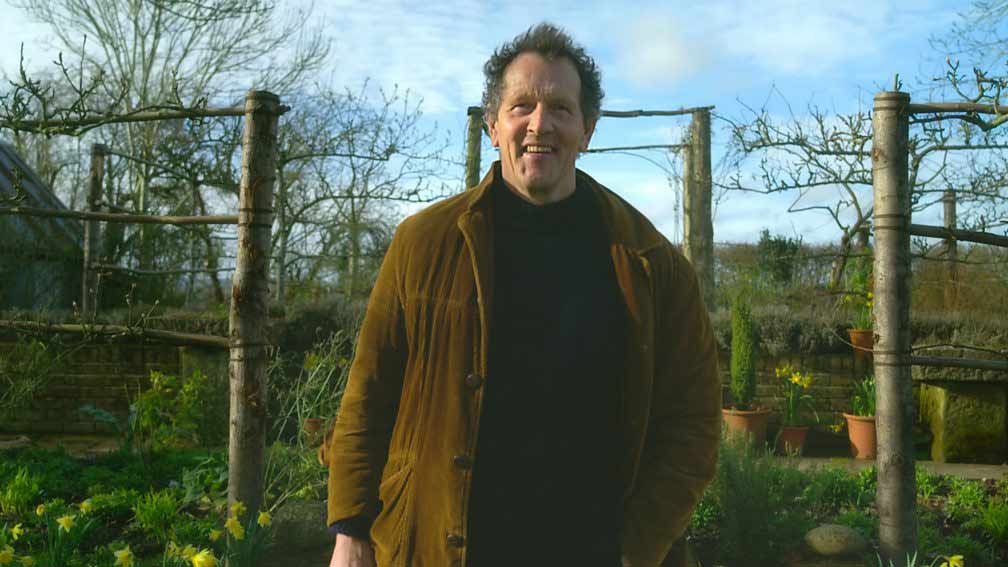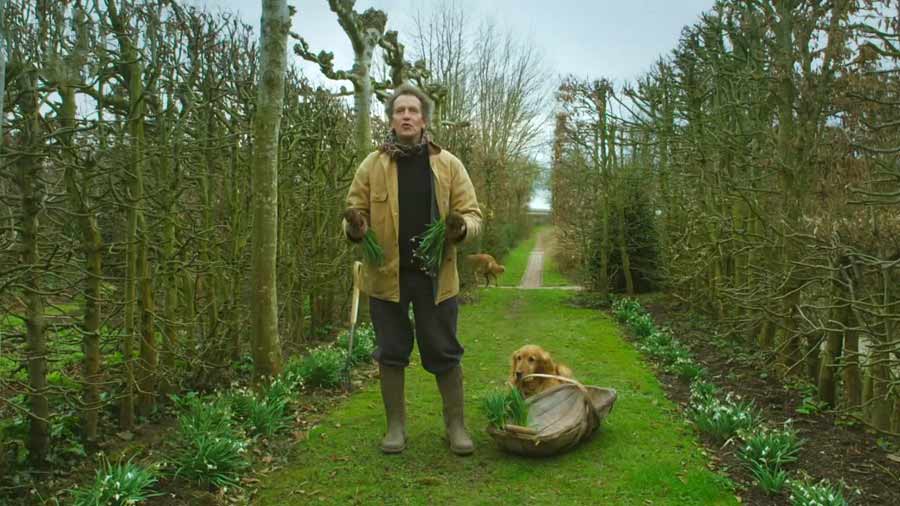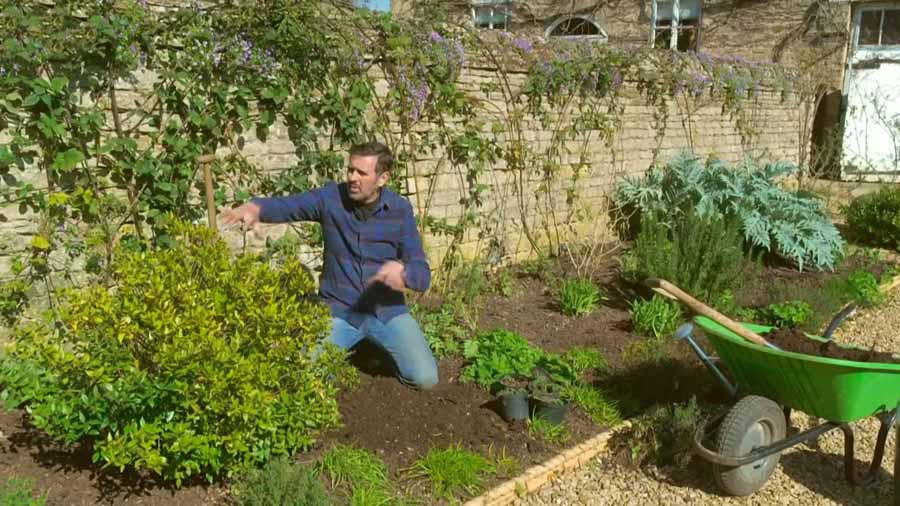Gardeners World episode 9 2020: At Longmeadow, Monty plants out some tender plants, takes cuttings from herbs and sows carrots. From her garden in Devon, Carol Klein goes back to the basics of propagating your own plants when she shows how to take cuttings.
Advolly Richmond, whose love of garden history is reflected in her own garden, shares her passion for a flower with a surprising past. Joe Swift has a large plant in his London garden that is due for some timely remedial work, and the episode shows a garden in Broadstairs that is packed with exotic plants grown in raised beds and containers.
Gardeners World episode 9 2020
Hardening off tender plants
Plants raised indoors or in a greenhouse need to be acclimatised to cooler temperatures, lower humidity and increased air movement for about two to three weeks before they are planted outdoors. This ‘toughening up’ process is known as hardening off.
Young plants bought from nurseries or grown from seed or cuttings at home for summer display outdoors when the weather improves often need to be hardened off. Hardening off allows plants to adapt from being in a protected, stable environment to changeable, harsher outdoor conditions. If suddenly placed outside, the shock can severely check a plant’s growth. Although plants usually recover eventually, hardening off is thought to be preferable to a sudden shock.
The effect of hardening off is to thicken and alter the plant’s leaf structure and increase leaf waxiness. It ensures new growth is sturdy although growth will be much slower than in the greenhouse. But be warned: hardening off does not make frost-sensitive plants hardy.
Growing bananas
Bananas (Musa and Ensete spp.) produce large, elegant leaves and the occasional bunch of fruits, which certainly make a majestic addition to any garden or conservatory. Although they are tender plants, some species are hardy enough to leave outside over winter, especially in the milder parts of the UK, so they are worth experimenting with in the garden.
Choose a sheltered site, with the site sloping away slightly from the plant to avoid creating a frost pocket. Shelter from the wind is also essential to prevent leaves being shredded. Plant in late spring, in a well-drained soil, enriched with organic matter (such as garden compost). Once plants are established, water and feed generously to get the best foliage.
Hardier species, such as Musa basjoo, can be left in situ over winter, and it is generally recommended to wrap plants to protect from cold weather. Although this is something you can experiment with in your garden. See our advice in overwintering tender plants: wrapping for further information, and step-by-step instructions on wrapping a banana.
How to grow agapanthus
These dramatic sun-loving border plants produce large spherical flowerheads, usually in beautiful shades of blue, from midsummer onwards. These sway on tall stems above clumps of strappy foliage. Some species, especially the evergreens, may not be fully hardy, so these are best grown in containers that can be brought indoors over winter.
Once plants have established between three and five years, they will be ready to be dug up and divided into smaller clumps. This is the best way to make more plants of a cultivar as all the new clumps will be exactly the same.
Agapanthus can also be propagated from seed, however the resulting plants will be different from their parents. In fact each one will be unique, so you might get a gem among the seedlings.




